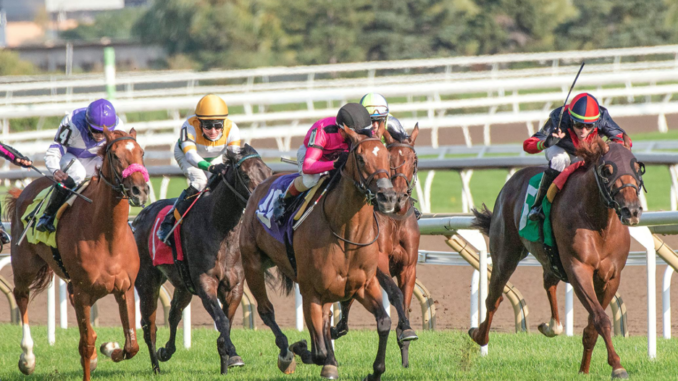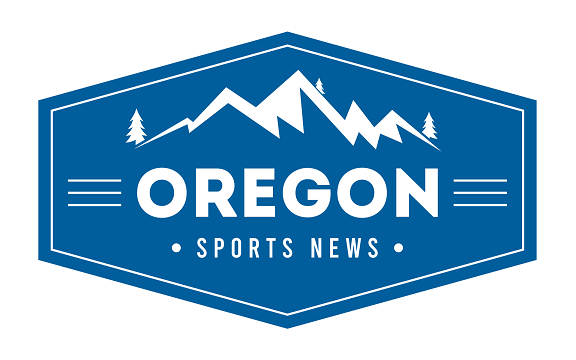
The Kentucky Derby is a spectacle, a tradition, and, for many, a high-stakes puzzle waiting to be solved. Every year, millions of dollars are wagered on what is famously called “The Most Exciting Two Minutes in Sports.” But behind the thrilling gallop to the finish line lies a world of numbers, probabilities, and shifting expectations: the odds.
For seasoned bettors, understanding Derby odds is an art. For newcomers, it can feel like an enigma. But whether you’re a casual fan placing your first wager or an experienced handicapper seeking an edge, grasping the nuances of these odds can transform the way you see the race. In this guide, we’ll go beyond the numbers, uncovering what they represent, how they’re determined, and how you can use them to make smarter betting decisions.
Understanding Kentucky Derby Odds
The Kentucky Derby odds reflect a horse’s perceived probability of winning. They are not based on a fixed calculation but on a fluid, market-driven system in which bettors collectively determine the ultimate price.
Unlike traditional sports betting, where sportsbooks set odds and remain fixed upon placing a wager, the Kentucky Derby operates under pari-mutuel betting. In this system, odds change dynamically based on the money wagered on each horse. When more people bet on a horse, its odds shorten. Conversely, less favored horses see their odds drift higher, potentially offering more significant payouts.
This system introduces an ever-changing element of strategy, rewarding those who can anticipate how public perception might evolve before race day.
How to Read Kentucky Derby Odds
If a horse has 5-1 odds, a $1 bet returns $5 in profit plus the original stake. A horse at 10-1 yields $10 on a $1 bet, and so forth.
Beyond these simple payouts lies an essential concept: implied probability. Odds are a reflection of a horse’s estimated likelihood of winning. For example:
- 5-1 odds translate to a 16.67% implied probability of victory.
- 10-1 odds suggest only a 9.09% chance.
How Kentucky Derby Odds Are Set
Kentucky Derby odds are not static numbers plucked from thin air—they are the product of meticulous analysis, market forces, and ever-shifting public sentiment. Understanding how these odds are determined can provide crucial insight into betting trends and potential opportunities.
The Role of Oddsmakers
Before the flood of wagers begins, oddsmakers at Churchill Downs release morning-line odds, a rough forecast of how betting action may unfold.
These odds are crafted by seasoned experts who evaluate a variety of factors:
- Past Performance: A horse’s results in previous races, especially against intense competition.
- Pedigree & Training: Bloodlines, breeding history, and the influence of elite trainers.
- Jockey-Trainer Combinations: Success rates of renowned jockeys and trainers.
- Recent Buzz: Momentum from high-profile wins, workout reports, and media hype.
The Impact of Public Betting
As mentioned, the Kentucky Derby doesn’t have fixed odds. Instead, every bet contributes to a massive pari-mutuel pool, dynamically shifting the odds in real time.
If a lesser-known horse suddenly becomes a betting favorite, it’s not because the oddsmakers changed their minds—money is pouring in. This movement can reveal where sharp bettors focus, often a valuable insight for those seeking an edge.
Consider a horse that starts at 15-1 in the morning but drops to 7-1 by race time. Something changed—perhaps influential bettors placed large wagers, or a late-breaking report hinted at improved performance. Reading these signs can be as critical as studying a horse’s speed figures.
The Road to the Kentucky Derby
A horse doesn’t simply show up at Churchill Downs and get slotted into the starting gate. Every Derby contender earns its place through the Road to the Kentucky Derby, a series of prestigious prep races offering qualification points.
Races like the Florida Derby, Santa Anita Derby, and Arkansas Derby shape the field, influencing who qualifies and how odds shift.
For example, if a horse initially pegged as a longshot dominates in the Blue Grass Stakes, its odds for the Derby will likely shorten. The opposite is true for horses that disappoint in these preps.
Strategies for Betting
Betting on the Kentucky Derby is an exciting challenge, but smart wagers require more than just picking a favorite. Focusing on key betting strategies is crucial to increase your chances of success. Here are the most important tips to remember when placing your bets.
Look Beyond the Favorite
While favorites win roughly one-third of the time, they don’t always offer the best value. Mid-tier contenders (10-1 to 20-1 odds) often provide higher payouts and have historically performed well. Recent examples like Mystik Dan (18-1 in 2024) and Rich Strike (80-1 in 2022) show that underdogs can defy expectations.
Study the Racing Form Carefully
The racing form contains key data that can help you spot strong contenders. When analyzing a horse, pay attention to:
- Recent performance – Horses improving or consistently placing in major prep races are good bets.
- Race distance suitability – The Derby is 1 1/4 miles, so look for horses with stamina at longer distances.
- Running style – Front-runners may tire in a fast-paced Derby, while strong closers often have an advantage in a crowded field.
Pay Attention to Jockeys & Trainers
The right jockey and trainer combination can be a deciding factor in the Derby. Top trainers like Bob Baffert, Todd Pletcher, and Brad Cox have a history of Derby success, meaning their horses are well-prepared for the big stage. Similarly, experienced jockeys who have previously won the Derby can make smart tactical moves that less experienced riders might miss.
Watch for Track Conditions
Weather can change everything. Some horses excel on wet or muddy tracks, while others struggle. Before placing your bet, check if the track is expected to be fast (dry) or sloppy (wet), and look for horses with past success on similar surfaces.
Final Thoughts
The Kentucky Derby odds tell a dynamic story shaped by expert analysis, betting patterns, and the unpredictability of the sport itself. Whether you’re backing a favorite, spotting value in a mid-tier contender, or taking a calculated risk on a longshot, knowing how to read the odds gives you an edge.

